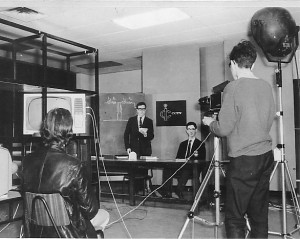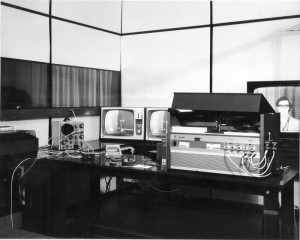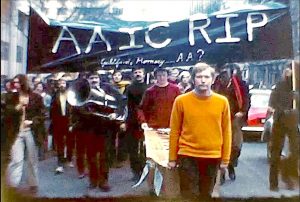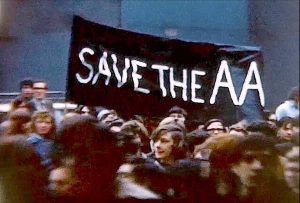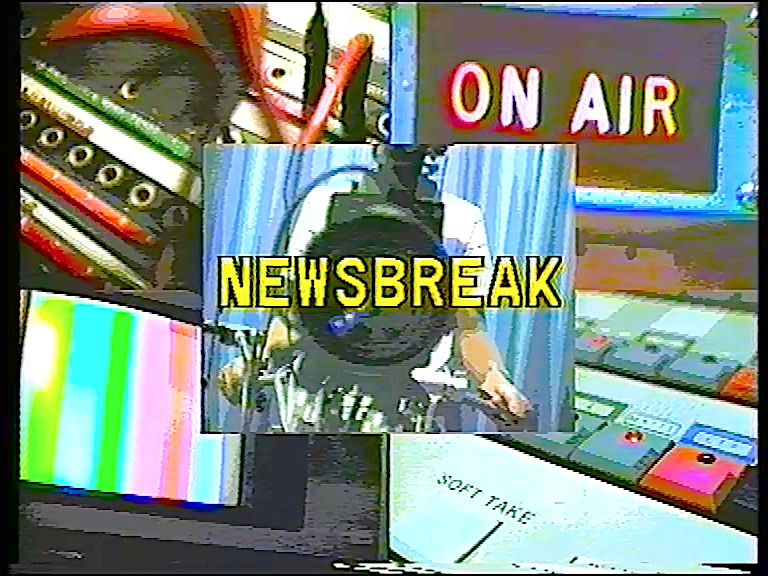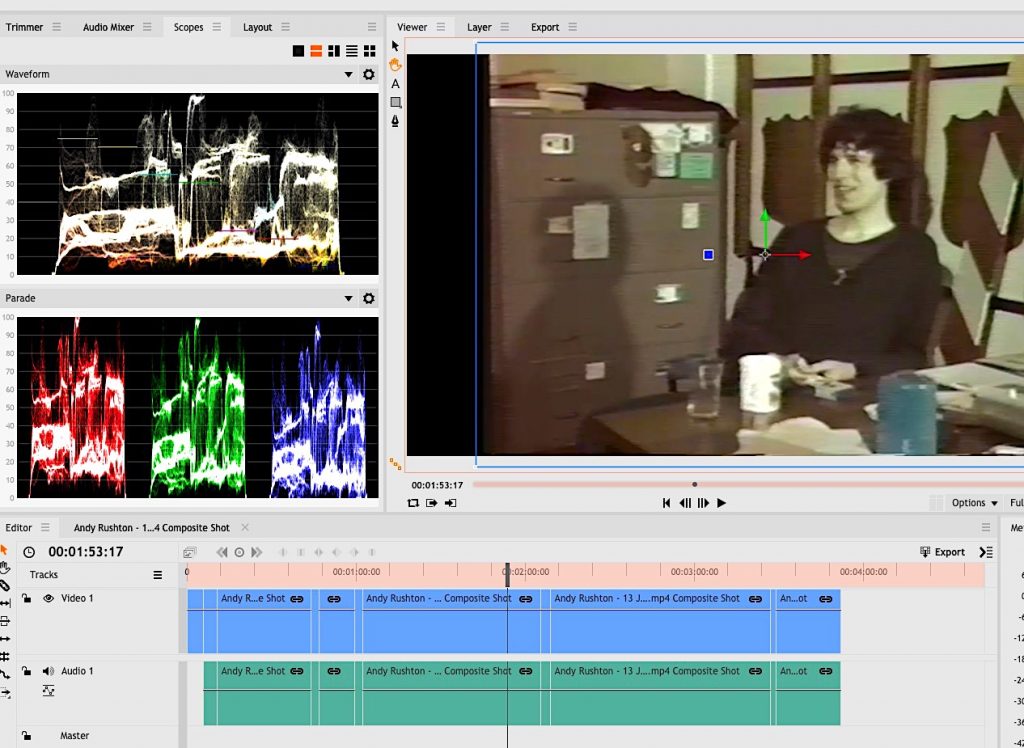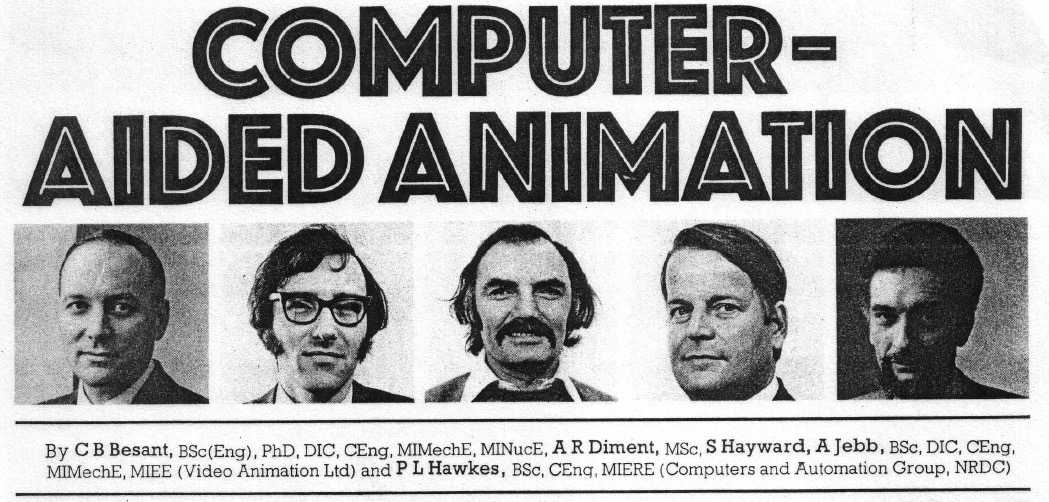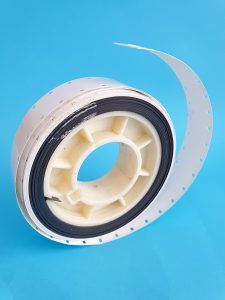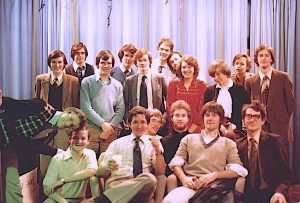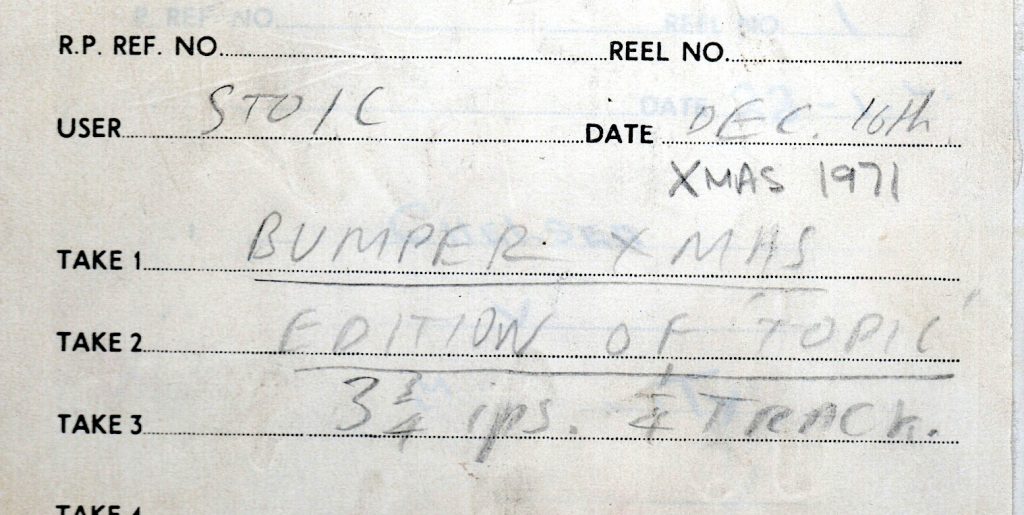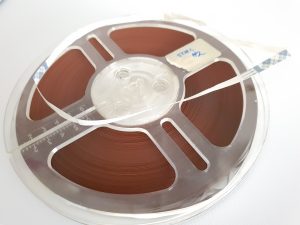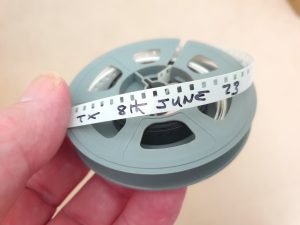 Well, who remembers the Great Tartan Race? Other references that I’ve found also called it the Great Tartan Barrel Race, either way it seemed to involve beer! This news item from STOIC’s 8 June 1973 TOPIC programme is missed from the card index because it was shot well before the index was started. The original videotape is long gone, so this item would have been forgotten. But, once again I found this gem in the collection of 8mm films that I’m currently digitising. If you remember, film was the only way for the programme to provide coverage of events outside of the college TV studio. Sadly this film is all that now remains of the programme so I’ve had to revert to a news clipping from FELIX dated 3 May 1973. (And yes you will have noticed a month’s difference between when it was shot and actually used in the programme)
Well, who remembers the Great Tartan Race? Other references that I’ve found also called it the Great Tartan Barrel Race, either way it seemed to involve beer! This news item from STOIC’s 8 June 1973 TOPIC programme is missed from the card index because it was shot well before the index was started. The original videotape is long gone, so this item would have been forgotten. But, once again I found this gem in the collection of 8mm films that I’m currently digitising. If you remember, film was the only way for the programme to provide coverage of events outside of the college TV studio. Sadly this film is all that now remains of the programme so I’ve had to revert to a news clipping from FELIX dated 3 May 1973. (And yes you will have noticed a month’s difference between when it was shot and actually used in the programme)
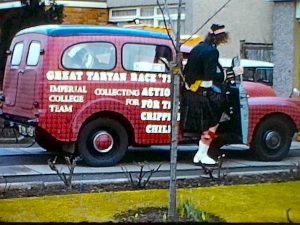 “A team consisting of two members each from City and Guilds’ Union and Royal School of Mines Union were outright winners in their class in the Great Tartan Race, run annually by Scottish and Newcastle Breweries. The race involves transporting an (empty) keg of Tartan beer from Edinburgh to London, and the various classes of entry are for the most novel way of doing this, the team collecting most money for their nominated charity and for the team completing the distance in the shortest time. The IC team made the trip in a tartan-liveried Morris Minor accompanied by tartan-clad dolly birds, and collected for Action for the Crippled Child. The Tartan Race was entered by teams from universities and colleges throughout Britain.”
“A team consisting of two members each from City and Guilds’ Union and Royal School of Mines Union were outright winners in their class in the Great Tartan Race, run annually by Scottish and Newcastle Breweries. The race involves transporting an (empty) keg of Tartan beer from Edinburgh to London, and the various classes of entry are for the most novel way of doing this, the team collecting most money for their nominated charity and for the team completing the distance in the shortest time. The IC team made the trip in a tartan-liveried Morris Minor accompanied by tartan-clad dolly birds, and collected for Action for the Crippled Child. The Tartan Race was entered by teams from universities and colleges throughout Britain.”
Coverage of the race was not only from STOIC it would seem, but also from British Movietone News. I didn’t realise that news for the cinema was still running in 1973, but at least STOIC’s was shot in colour (although seen in black and white). You’ll also spot that I found not only the used footage from the programme, but also the off cuts. These I’ve also included to show all that is still available in the archive collection. And when you look at the British Movietone News coverage does anyone recognise the voice doing the commentary? It’s the first presenter of BBC Television in 1936, Leslie Mitchell.
Colin Grimshaw May 2021


